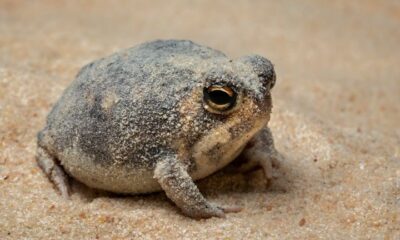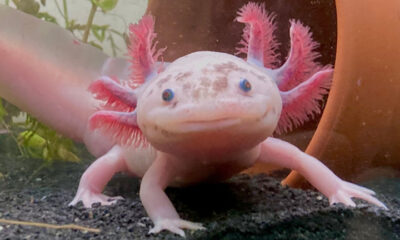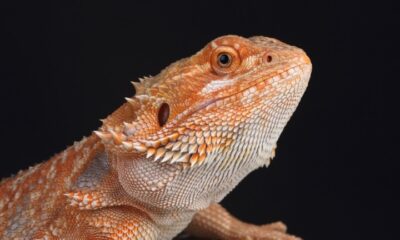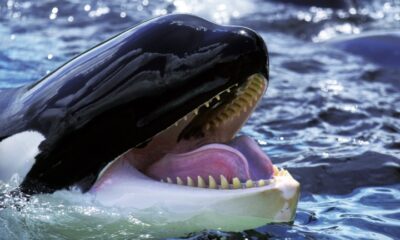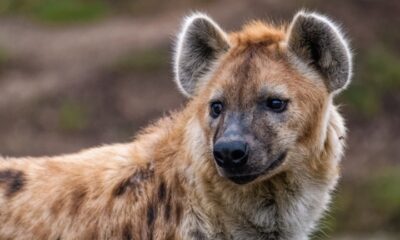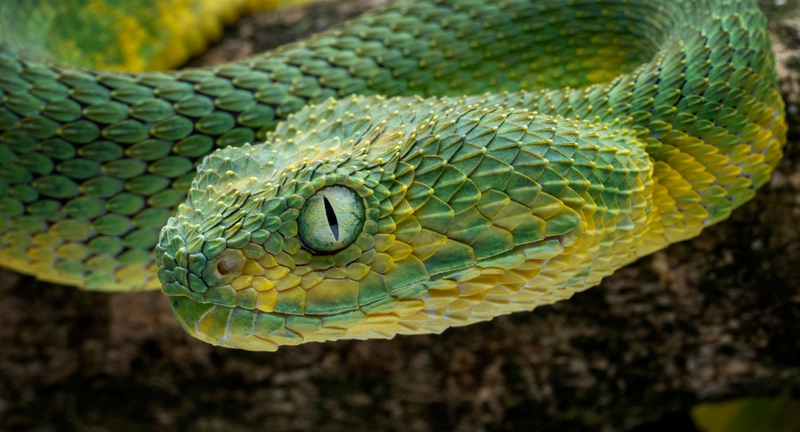
Shutterstock
Within the diverse expanse of the animal kingdom, an array of species boasts extraordinary adaptations that set them apart, especially those armed with deadly toxins. Stretching from the ocean’s abyss to the lush undergrowth of tropical rainforests, venomous and poisonous creatures evoke a mixture of fear and intrigue, demanding a unique blend of respect. These beings wield biochemical weapons capable of paralyzing, incapacitating, or even bringing about death, highlighting nature’s formidable force and creativity. This exploration delves into various examples of the planet’s most toxic animals, illuminating their deadly capabilities, environments, and the intricate roles they fulfill within their ecosystems.
Box Jellyfish
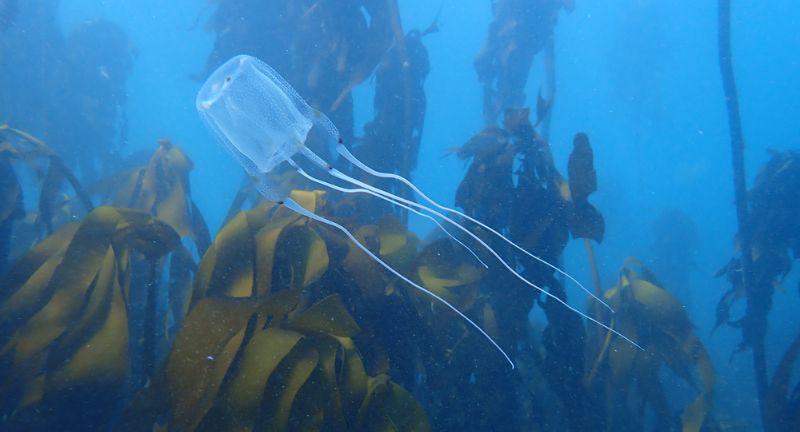
Wikipedia
The Box Jellyfish stands out as one of the most perilous jellyfish globally, notorious for its highly toxic venom that can fatally harm humans within minutes of exposure. Its almost invisible tentacles are equipped with thousands of nematocysts, each ready to inflict a sting that is not only excruciating but can also be deadly. The venom specifically targets the heart, nervous system, and skin cells, showcasing a rapid and aggressive mode of action. However, despite the grave danger it presents, there is antivenom available. This antidote can be crucial in counteracting the effects of a sting, potentially saving lives when administered swiftly after exposure.
Inland Taipan
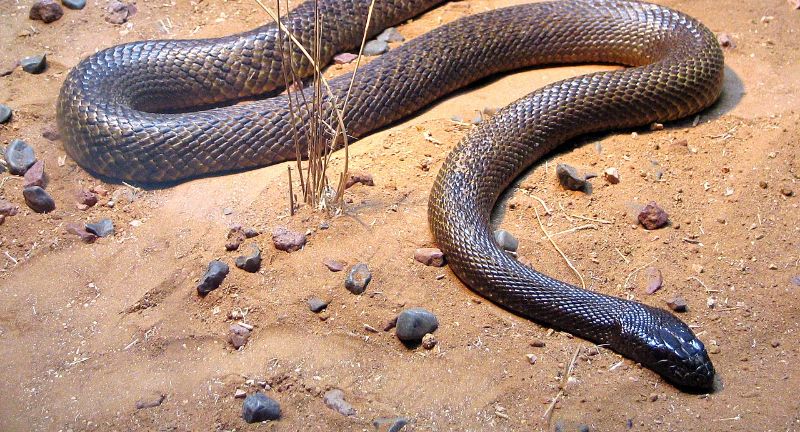
Wikipedia
The Inland Taipan, frequently recognized as the planet’s most venomous snake, harbors a venom with a potency unparalleled, capable of resulting in human fatality in less than an hour post-bite. Indigenous to the dry central expanses of Australia, its venom is a sophisticated concoction comprising neurotoxins, myotoxins, and coagulants, leading to severe hemorrhaging and muscle paralysis. Despite its formidable venom, the Inland Taipan is naturally shy and reclusive, showing a preference for evading human interaction. Incidents of bites are exceedingly rare, and should they occur, antivenom exists that is both available and effective in neutralizing the venom’s effects.
Blue-Ringed Octopus
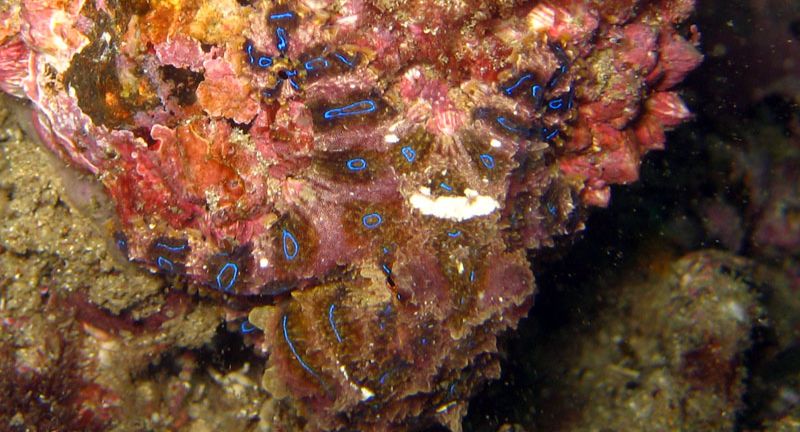
Wikipedia
The Blue-Ringed Octopus, small in stature, conceals a perilous secret: venom laced with tetrodotoxin, among the most lethal toxins known. Its diminutive size belies the immense power of its venom, potent enough to paralyze and fatally harm humans, with no antivenom currently available. This octopus is distinguished by its stunning blue rings, which intensify in color when it senses danger. Often, the bite goes unnoticed by victims until they experience respiratory depression and paralysis, underscoring the deceptive danger posed by this captivating yet deadly creature.
Death Stalker Scorpion
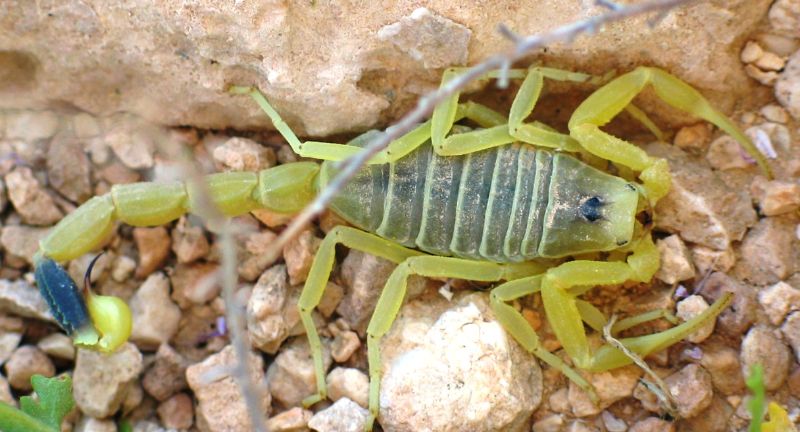
Wikipedia
The Death Stalker Scorpion is renowned for having one of the most powerful venoms among scorpion species, with the potential to inflict extreme pain, paralysis, and even death in humans. Predominantly located in North Africa and the Middle East, it thrives in arid desert environments. The venom of this scorpion is a potent concoction of neurotoxins, posing serious risks of neurological complications and cardiac issues for those stung. Despite its formidable venom, fatalities are comparatively uncommon, largely due to the increased likelihood of survival with prompt medical treatment and the availability of antivenom.
Stonefish
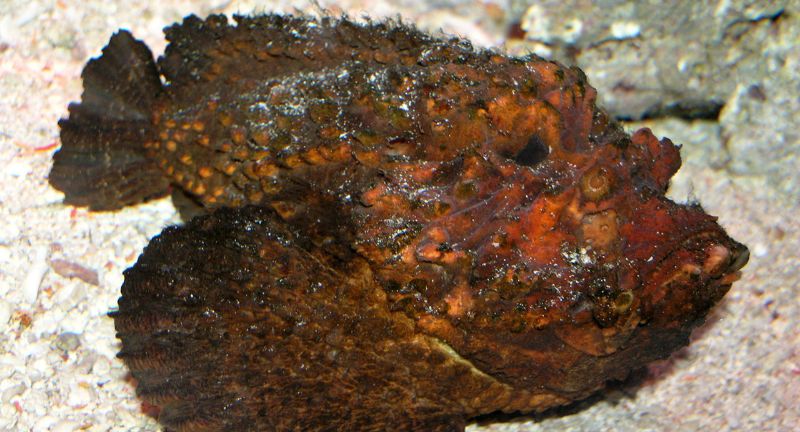
Wikipedia
The Stonefish claims the title of the world’s most venomous fish, with the ability to deliver excruciating pain and potentially cause death via the venomous spines on its dorsal fin. Its mastery of camouflage allows it to become nearly indistinguishable from its surroundings, posing a concealed threat to swimmers and divers who might unwittingly come too close. The venom is capable of inducing shock, paralysis, and necrosis of tissues without prompt intervention. Thankfully, an effective antivenom is available, and immediate medical treatment can significantly mitigate the venom’s harmful effects.
Golden Poison Frog
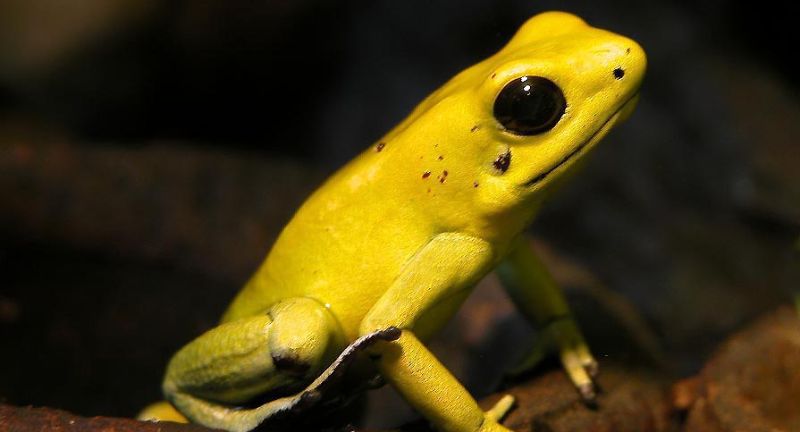
Wikipedia
The Golden Poison Frog stands as one of the planet’s most lethal creatures, secreting a skin poison with the capacity to kill numerous humans. This diminutive amphibian, hailing from the rainforests of Colombia, employs its vividly colored skin as a deterrent against predators. The toxin it produces, known as batrachotoxin, interrupts the transmission of nerve signals to muscles, leading to paralysis and ultimately death. Intriguingly, the extreme toxicity of the Golden Poison Frog is thought to originate from its consumption of specific insects, highlighting a fascinating aspect of its ecology and the complex interplay between diet and defense mechanisms in nature.
King Cobra
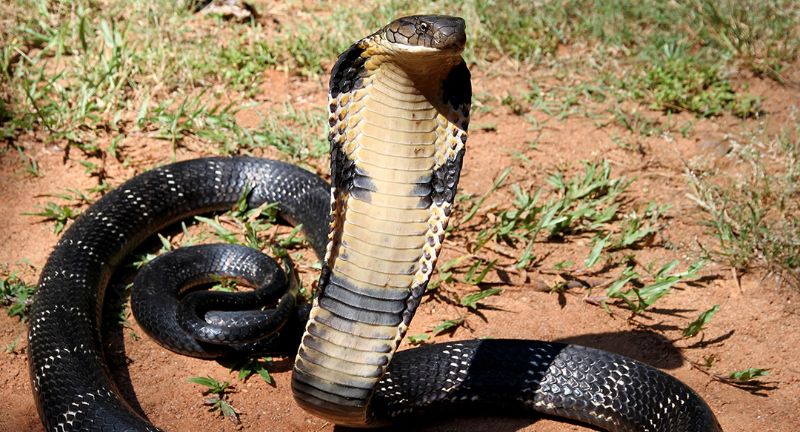
Wikipedia
The King Cobra, distinguished as the longest venomous snake globally, commands both respect and fear due to its formidable size and the potency of its neurotoxic venom. With the capacity to inject a substantial amount of venom in a single bite, it possesses the lethal ability to cause human fatality within 30 minutes. The venom primarily targets the respiratory system, causing respiratory failure that can lead to death without prompt medical treatment. Despite its daunting reputation, the King Cobra typically seeks to evade human interaction, resorting to aggression primarily when it feels provoked or threatened.
Pufferfish
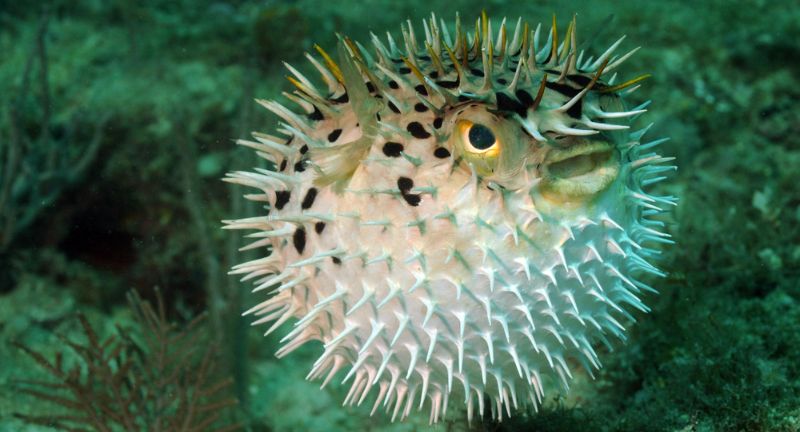
Wikipedia
Pufferfish rank as some of the most poisonous vertebrates on the planet, harboring tetrodotoxin—a potent neurotoxin dangerous to humans when consumed. This toxin is present in the fish’s skin, muscle tissue, liver, and gonads, necessitating extensive training for chefs who prepare fugu, the pufferfish delicacy. Tetrodotoxin acts by blocking sodium channels on nerve cells, inhibiting nerve impulses, which can lead to paralysis and, in severe cases, death. Despite these dangers, the culinary challenge and unique experience of eating pufferfish continue to make it a highly prized dish in various cultures around the world.
Africanized Honey Bee
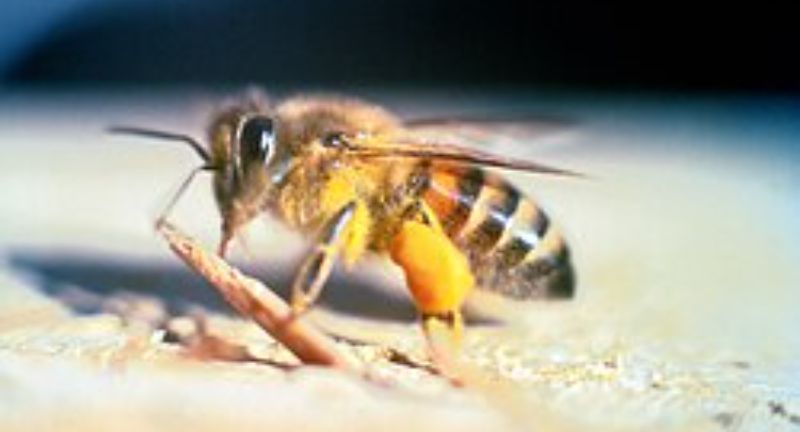
Wikipedia
Africanized Honey Bees, colloquially termed “killer bees,” exhibit heightened aggression compared to other honey bee species, often pursuing individuals for considerable distances—up to a quarter of a mile—once provoked. These bees emerged from the cross-breeding of African and European honey bees. While their venom doesn’t possess greater potency than that of typical honey bees, the peril arises from their propensity to swarm and attack in large numbers, potentially inflicting hundreds of stings. This aggressive behavior has tragically resulted in fatalities, particularly among individuals with allergies to bee stings.
Sydney Funnel-Web Spider
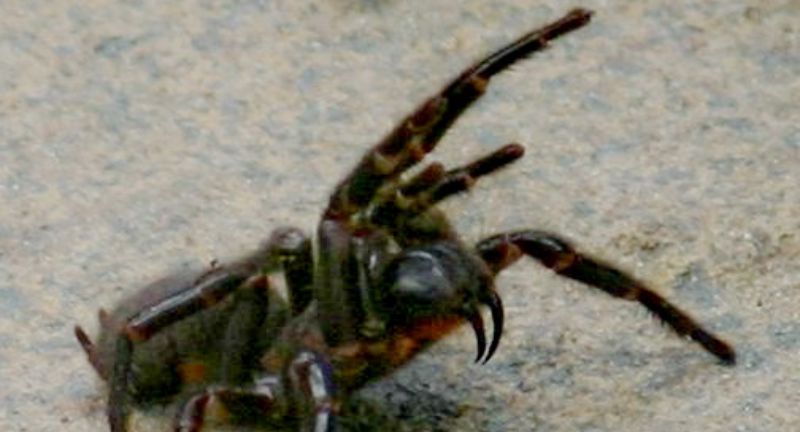
Wikipedia
The Sydney Funnel-Web Spider is notorious for its extreme venom potency, capable of inducing human death within a mere 15 minutes of a bite. Indigenous to the Sydney region of Australia, this spider’s venom harbors a potent neurotoxin, particularly lethal to primates, including humans. Bite symptoms may encompass intense pain, respiratory distress, and muscle spasms. However, the advent of a highly efficacious antivenom in 1981 has proven instrumental, ensuring that there have been no recorded fatalities since its introduction.
Marbled Cone Snail
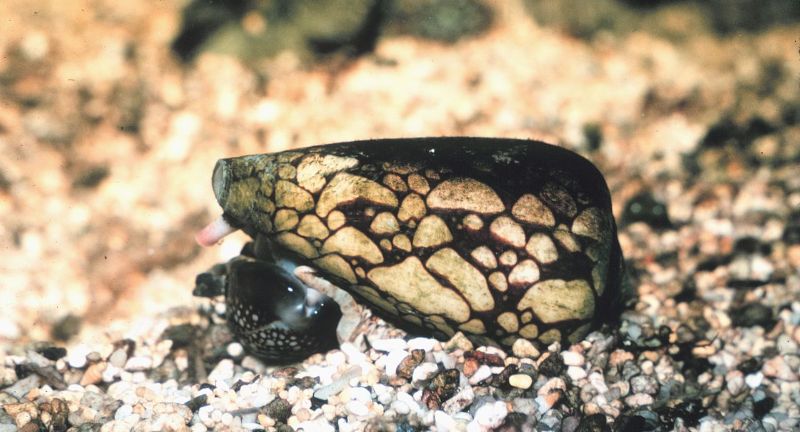
Wikipedia
The Marbled Cone Snail represents another perilous species within the cone snail family, presenting a deadly threat to humans with its venom capable of inducing paralysis and even death. Despite its captivatingly intricate shell, this snail employs a harpoon-like tooth to administer venom into its prey. The venom comprises a potent blend of toxins capable of interfering with the nervous system, ultimately resulting in respiratory failure and fatality. Lamentably, there exists no dedicated antivenom for the Marbled Cone Snail, rendering any encounter with this creature potentially lethal.
Boomslang
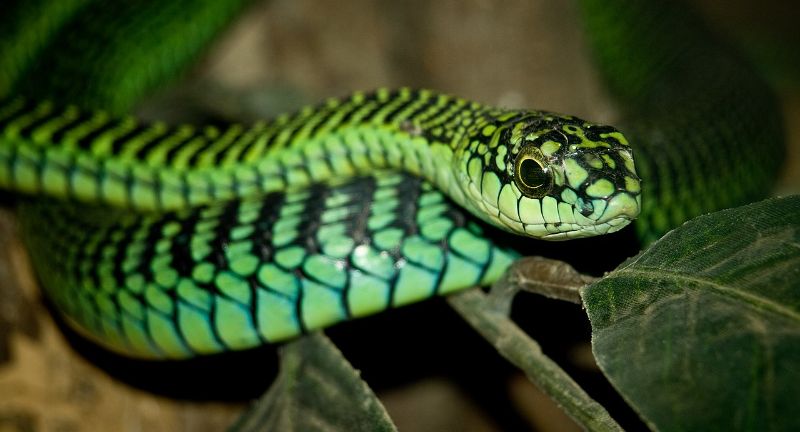
Wikipedia
The Boomslang is a tree-dwelling snake native to sub-Saharan Africa, revered for its potent hemotoxic venom. Diverging from conventional venomous snakes that employ front fangs, the Boomslang possesses large, rear-positioned fangs and can extend its jaw to an impressive 170 degrees when biting. Its venom disrupts blood clotting, resulting in severe internal and external bleeding. Despite its shy nature and tendency to avoid human interaction, a bite from a Boomslang can prove fatal in the absence of immediate medical intervention.
Harvester Ant
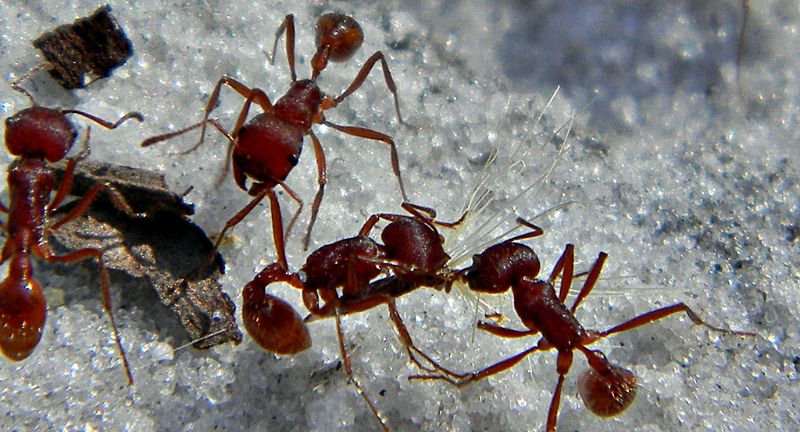
Wikipedia
Harvester Ants, prevalent in the United States, are infamous for their excruciating sting, surpassing the toxicity of bee or wasp stings. Their venom poses a risk of triggering allergic reactions and, in uncommon instances, fatalities in susceptible individuals. Packed with potent toxins targeting the nervous system and cell membranes, the effects of their sting can be severe. Remarkably, despite their diminutive stature, the intensity of the pain inflicted by their sting serves as an effective deterrent against significantly larger predators.
Black Mamba
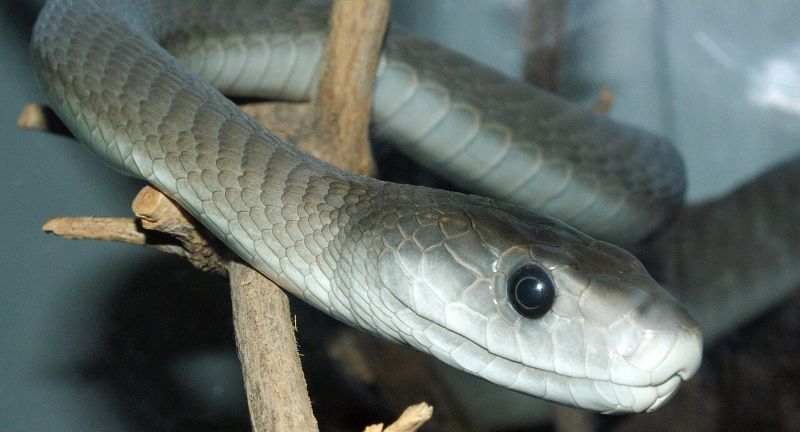
Wikipedia
The Black Mamba instills fear across Africa due to its remarkable speed, aggression, and immensely toxic venom. With a single bite, it can administer sufficient neurotoxic venom to incapacitate ten individuals, leading to death within a span of 20 minutes to several hours if left untreated. The venom swiftly disseminates throughout the victim’s system, manifesting symptoms like respiratory distress, paralysis, and ultimately, respiratory failure. Despite its lethal potential, the Black Mamba primarily resorts to attacking humans when provoked or confined.
Bush Viper
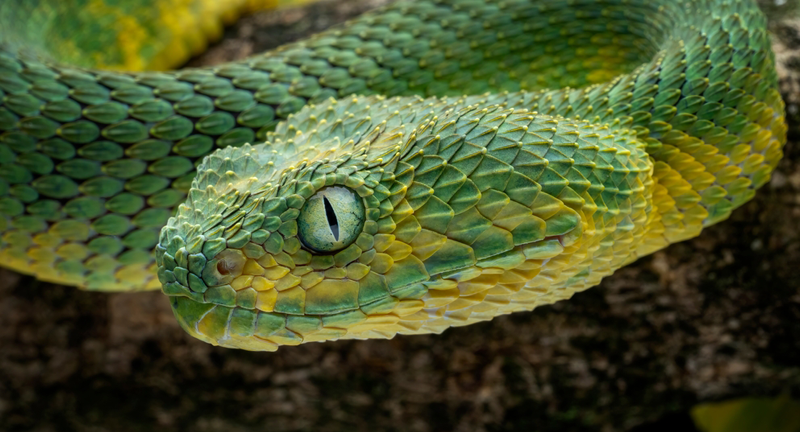
Wikipedia
The Bush Viper, also known as the Atheris genus, is a venomous snake found primarily in tropical forests and rainforests of sub-Saharan Africa. It is known for its striking appearance, with triangular-shaped heads and keeled scales, often displaying vibrant colors and patterns that aid in camouflage. Despite its venomous nature, the Bush Viper is typically shy and reclusive, preferring to avoid human encounters.
Gila Monster
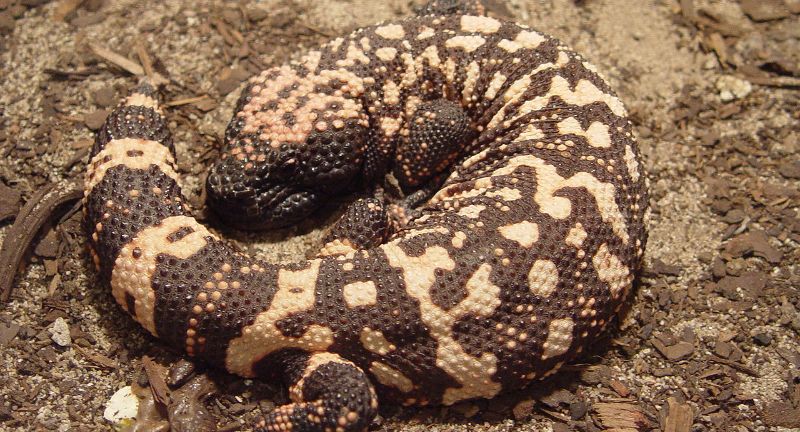
Wikipedia
The Gila Monster stands as one of the rare venomous lizards globally, predominantly inhabiting the southwestern United States and northern Mexico. Unlike typical venom delivery systems, this lizard’s bite dispenses venom through grooves in its teeth, necessitating chewing to introduce the toxin. The venom instigates symptoms such as pain, swelling, and potentially hypotension and respiratory distress. Although Gila Monster bites are typically not fatal to humans, the aftermath can be profoundly incapacitating without appropriate medical intervention.
Sea Snake
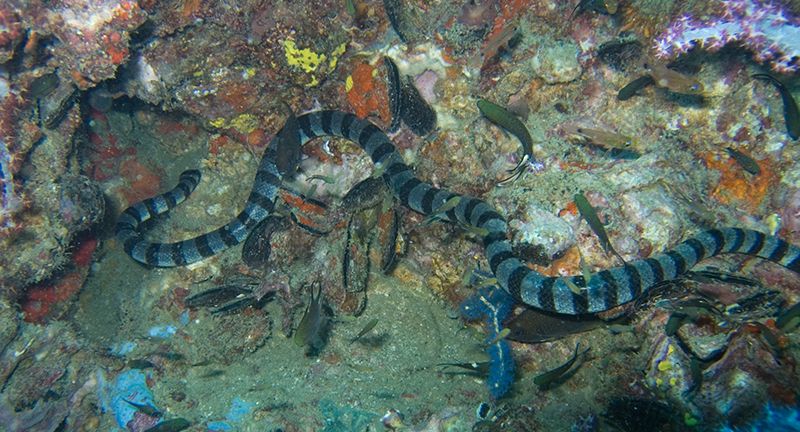
Wikipedia
Sea Snakes, highly venomous reptiles, thrive in the marine realms of the Indian and Pacific oceans. Armed with neurotoxic venom, their bites can induce muscle damage, paralysis, and in severe cases, renal failure. Despite their venom’s potency, sea snakes typically exhibit docile behavior, with bites occurring infrequently and mostly in situations where the snakes are handled or inadvertently stepped on. Although effective antivenom is available, the pelagic lifestyle of sea snakes sometimes impedes immediate access to treatment.
Komodo Dragon
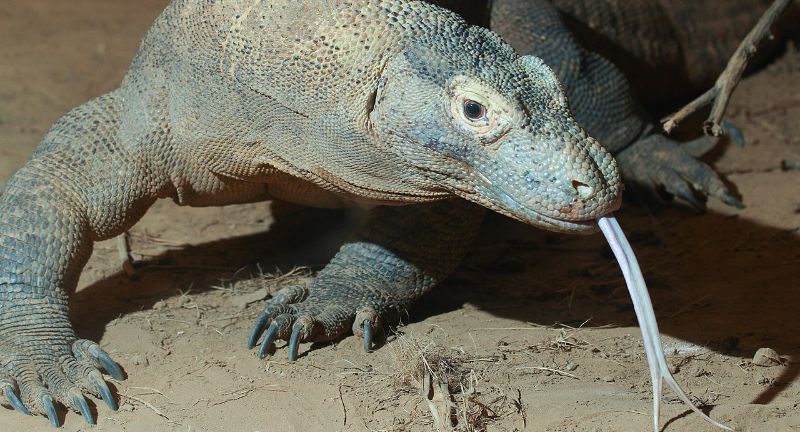
Wikipedia
The Komodo Dragon, revered as the largest extant lizard species, employs a distinct strategy to incapacitate its prey, distinct from traditional venom. Laden with bacteria, its saliva carries venomous proteins, as suggested by recent research, which contribute to rapid blood loss and shock in its targets. Endemic to the Indonesian islands of Komodo, Rinca, Flores, and Gili Motang, these colossal creatures reign as apex predators. Although human encounters are infrequent, they can prove lethal owing to the potent blend of bacterial infection and venomous proteins present in the Komodo Dragon’s bite.
Siafu – African Driver Ants
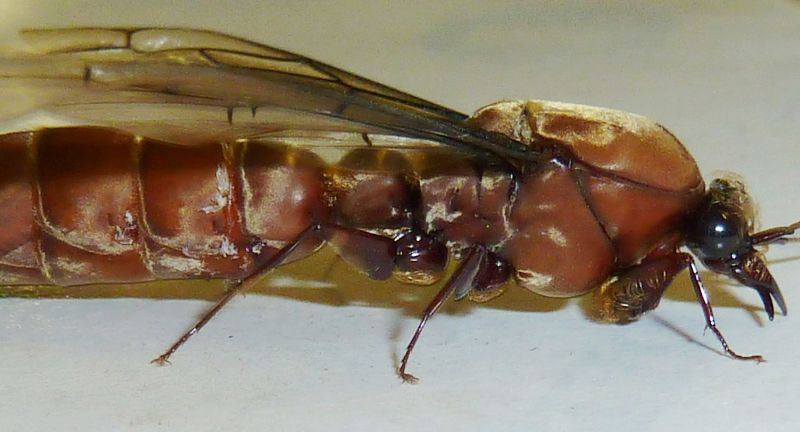
Wikipedia
Siafu, also known as African Driver Ants, are renowned for their aggressive nature and the remarkable capacity to overpower and eliminate significantly larger creatures, including humans, when swarming in vast numbers. Although lacking venom, they wield formidable mandibles capable of inflicting painful bites. These ants exhibit highly structured and social behavior, forming extensive colonies that traverse the forest floor, consuming all in their path. While single bites may not prove lethal, the sheer quantity of ants can result in asphyxiation and mortality for trapped or incapacitated individuals.
Irukandji Jellyfish
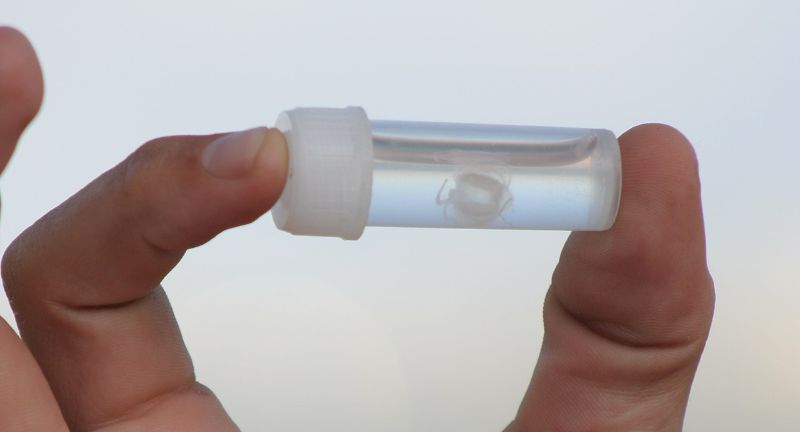
Wikipedia
The Irukandji Jellyfish, despite its diminutive size, boasts immense venomous potency, capable of inducing Irukandji syndrome, a condition with potentially fatal consequences. Indigenous to the waters of northern Australia, this jellyfish inflicts stings that may initially appear insignificant but swiftly progress to severe muscle cramps, elevated blood pressure, and potentially lethal cardiac complications. Due to its minuscule stature and slender tentacles, swimmers may not immediately discern the sting until symptoms manifest. Despite its small size, the Irukandji’s formidable venom renders it one of the most perilous marine inhabitants.
Lancehead Vipers

Wikipedia
Lancehead Vipers, prevalent in South America, claim more human lives within their habitat than any other snake group, largely owing to their potent hemotoxic venom. Their venom has the capacity to induce severe tissue damage, internal hemorrhaging, and can prove fatal without swift medical intervention. Demonstrating remarkable adaptability, these vipers inhabit diverse habitats ranging from rainforests to open plains. Their aggressive demeanor and propensity to strike when provoked render them particularly hazardous to human encounters.
Asian Giant Hornet
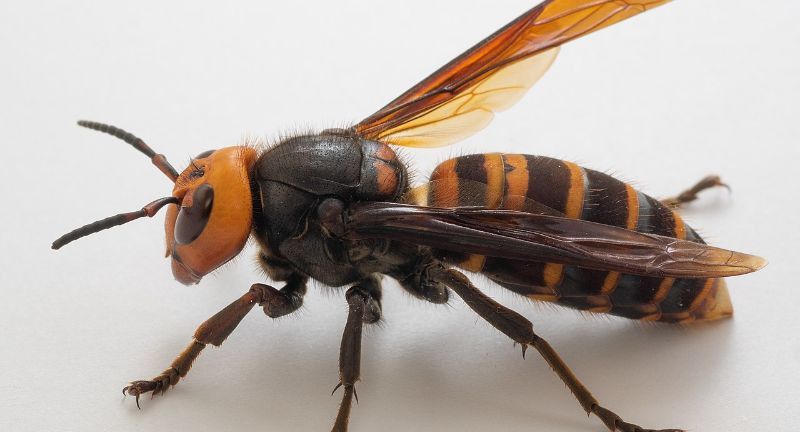
Wikipedia
The Asian Giant Hornet, famously dubbed the “murder hornet,” has gained notoriety for its imposing size, aggressive behavior, and potent venom. A solitary sting from this hornet induces intense pain and, in allergic individuals, can lead to fatalities. Infamous for decimating bee colonies, they pose a substantial menace to biodiversity and agricultural sustainability. Laden with a neurotoxic venom, their stings have the potential to trigger organ failure and lethal outcomes, highlighting the grave peril these insects represent.
Russell’s Viper
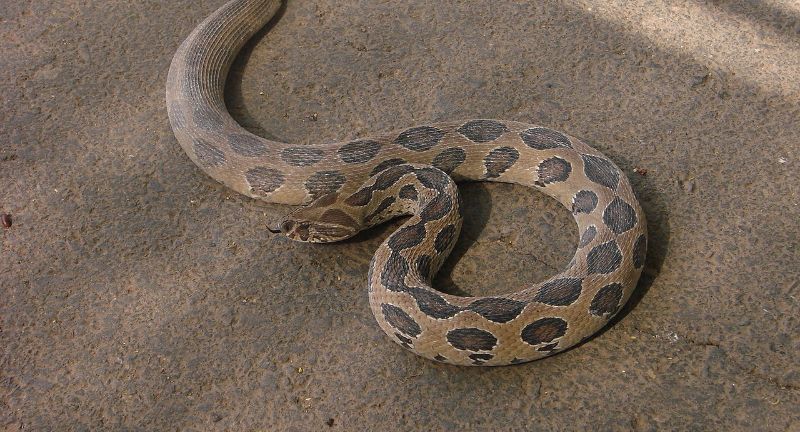
Wikipedia
Russell’s Viper holds the unfortunate distinction of causing the highest number of snakebite incidents and fatalities among all venomous snakes in Asia. Its venom packs a potent punch, inducing intense pain, swelling, and in severe instances, blood clotting disorders, kidney failure, and fatalities. This species sprawls across the Asian continent, commonly encountered in fields and urban locales where interactions with humans are frequent. Despite its perilous reputation, Russell’s Viper serves a vital ecological function by regulating rodent populations, underscoring the intricate interplay between humans and wildlife.
Eastern Brown Snake

Wikipedia
The Eastern Brown Snake stands as one of the most lethal snakes globally, ranking second only to the inland taipan in venom toxicity. Indigenous to Australia, this serpent exhibits high levels of aggression and surpasses all other snake groups in causing fatalities within the country. Its venom comprises a combination of neurotoxins and blood coagulants, precipitating paralysis and uncontrolled bleeding. Immediate administration of antivenom is imperative for survival following a bite from the Eastern Brown Snake.
Androctonus Scorpions
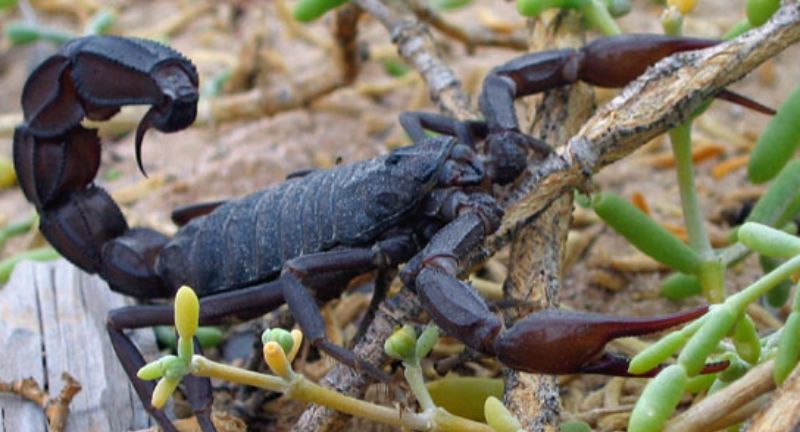
Wikipedia
Androctonus Scorpions, also referred to as Fat-tailed Scorpions, rank among the most perilous scorpions globally. Possessing highly toxic venom, they induce severe pain, fever, convulsions, and potentially fatal outcomes in humans. These scorpions thrive in North Africa and the Middle East, displaying exceptional adaptations to desert landscapes. Despite their lethal capabilities, fatalities are infrequent with prompt access to medical intervention and antivenom.
Cone Snail
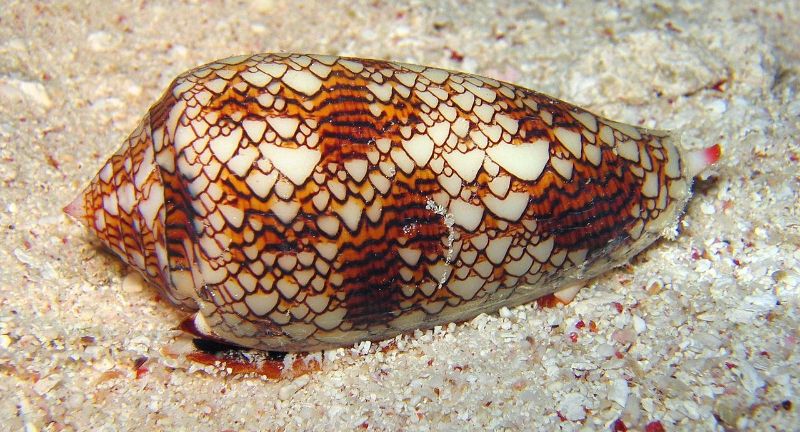
Wikipedia
Cone Snails, inhabitants of warm and tropical seas, are armed with a venomous harpoon capable of unleashing a toxin so potent that a single drop can be lethal to twenty humans. These snails are not only dangerous but also admired for their visually striking, ornately patterned shells. The venom they produce is a complex cocktail comprising hundreds of distinct toxins, which can impair the nervous system, muscle functionality, and heart rate. The absence of an antivenom for Cone Snail stings makes immediate medical intervention essential for enhancing the chances of survival following an encounter.
Vampire Bat
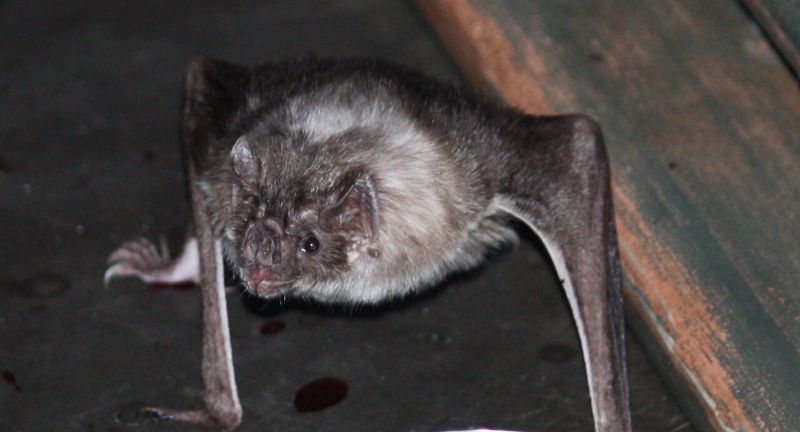
Wikipedia
Vampire Bats stand out among mammals for their exclusive diet of blood, a phenomenon termed hematophagy. Indigenous to Mexico, Central America, and South America, these bats have developed anticoagulant saliva, ensuring their prey’s blood remains fluid during feeding. While their bites typically pose minimal harm to healthy animals, they serve as vectors for diseases like rabies, impacting both livestock and humans. Despite their nocturnal lifestyle and eerie feeding habits, which have fueled myths and misconceptions, these bats possess fascinating adaptations and play vital roles within their ecosystems.
Dart Frog
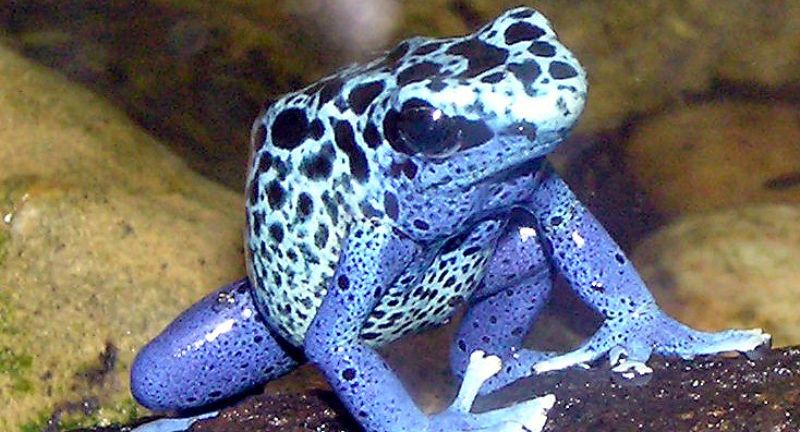
Wikipedia
Dart Frogs, members of the Dendrobatidae family, captivate with their striking colors and formidable toxins. Originating from Central and South America, these diminutive amphibians produce skin toxins renowned as some of nature’s most potent poisons. Historically, indigenous peoples harnessed their poison for hunting, applying it to blow darts, hence their name. Despite their beauty, Dart Frogs serve as a poignant testament to nature’s principle that peril often lurks within the smallest, most vibrant creatures.
Arizona Bark Scorpion
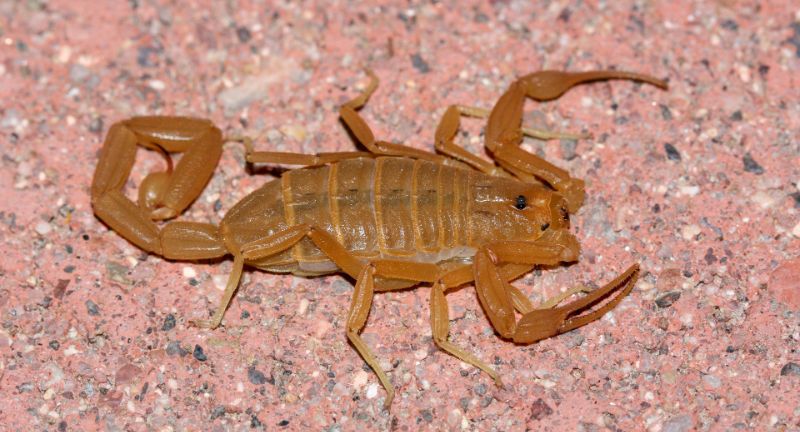
Wikipedia
The Arizona Bark Scorpion holds the title of being the most venomous scorpion in North America, distinguished by its excruciating and potentially life-threatening sting. Inflicting severe pain, numbness, and in rare instances, fatal allergic reactions, its venom poses significant risks. Predominantly inhabiting the desert areas of the Southwestern United States, this scorpion is nocturnal and frequently ventures into human dwellings, heightening the likelihood of encounters with humans. Despite its formidable reputation, fatalities are exceedingly rare, particularly with prompt medical intervention.
Brazilian Wandering Spider
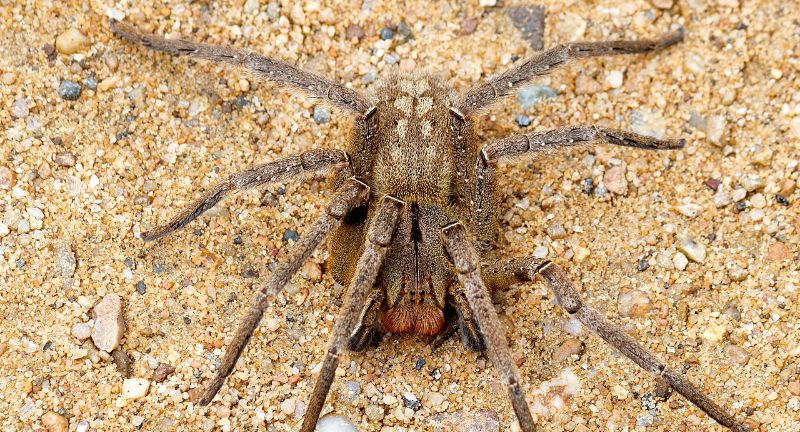
Wikipedia
The Brazilian Wandering Spider holds the title of the most venomous spider globally, notorious for its aggressive nature and a venom that can prove fatal to humans, particularly children. This spider demonstrates remarkable adaptability, inhabiting diverse environments ranging from natural forests to human residences. The effects of its venom include intense pain, inflammation, and, in critical cases, paralysis and death. Fortunately, the availability of an effective antivenom has rendered fatalities uncommon, provided that medical attention is sought quickly after a bite.
Tsetse Fly
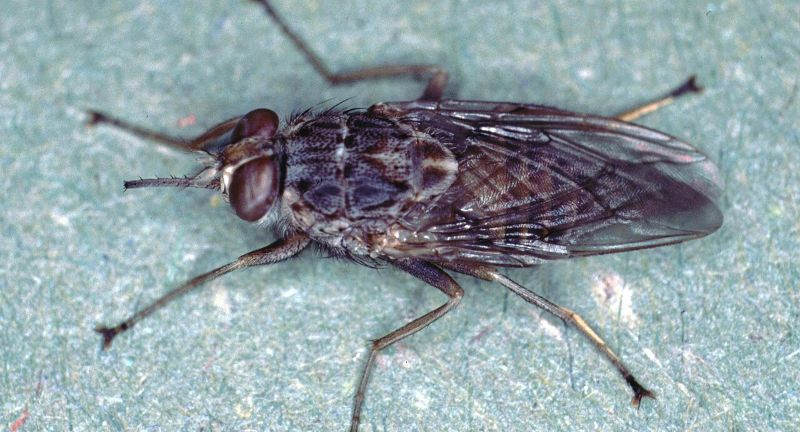
Wikipedia
The Tsetse Fly is notorious for spreading trypanosomiasis, also known as sleeping sickness, a potentially fatal disease if left untreated. Prevalent across sub-Saharan Africa, these flies transmit a parasite that targets the human central nervous system, resulting in severe neurological complications and, ultimately, death if medical intervention is not sought. Their role as disease vectors renders them a substantial health hazard in afflicted areas. Ongoing endeavors to manage their populations and curtail disease transmission underscore the significant public health challenge they represent.
Conclusion
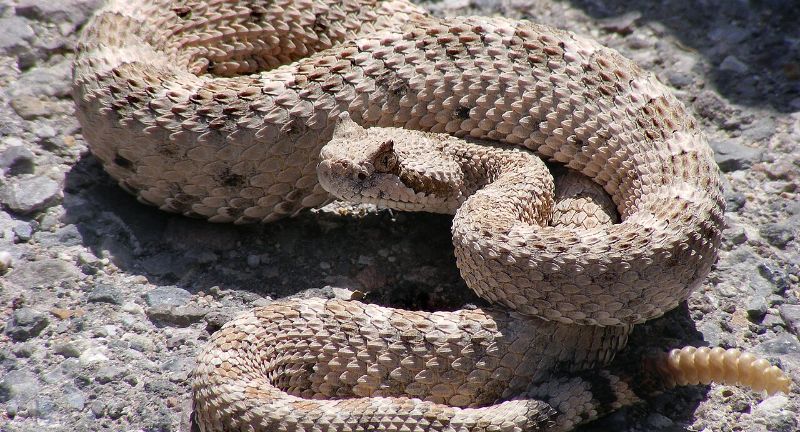
Wikipedia
The domain of venomous and poisonous creatures is as captivating as it is dangerous, offering a window into the evolutionary arms race that has shaped our natural world. These animals, with their lethal venoms and toxins, not only showcase the richness of life on Earth but also highlight the delicate equilibrium within ecosystems, where such deadly traits are pivotal for survival and predation. As we explore the wonders and mysteries of these formidable beings, we’re reminded of the necessity to respect and conserve the natural environments that sustain them. Despite the risks they pose, their presence enhances our planet’s biodiversity and offers invaluable insights into the intricate web of life.

































